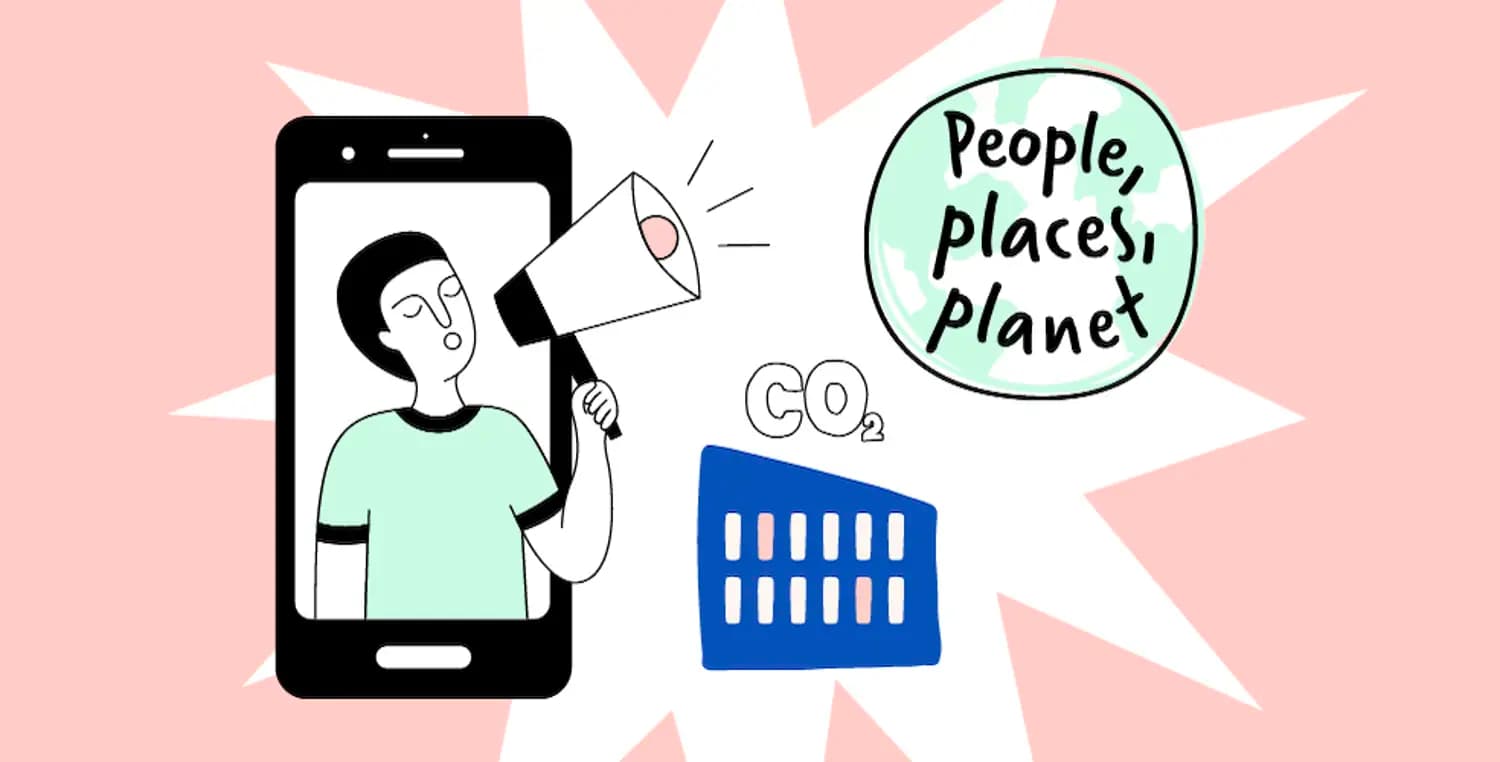Estimated page impact: 0.34g CO2e per page view
Beyond starting a conversation, I think it is vital that we put CO2e emissions on a par with money. There are two complementary ways to do this.
Firstly, there’s the fairly commonly known internal CO2e tax. Basically, get every team to record the CO2e they create and charge them for every tonne. Microsoft recently upped their internal carbon tax to $12 per tonne. They want to remove 12 million tonnes at that price, so it’ll cost them $180 million. To put that in financial perspective, they had a gross profit of $24 billion in the financial year ending in 2020.
I’m not implying anything with these figures, I just think it’s fascinating to look at these numbers within the wider context. For more on this listen to this episode of The Energy Gang, from 10 mins and 41 seconds in.
For CO2e taxing to be successful, the problems that CO2e causes and people’s agency over preventing those problems has to be respected and believed. Otherwise, it can be seen as a get out of jail free [at quite a low price] card.
Secondly, CO2e budgets/targets on projects that sit alongside financial budgets and success KPIs.
For example, your new website build has a financial budget of £100,000, a CO2e budget of one tonne, a target of 1,000 signups and monthly emissions limit of 100kg.
For this to be successful the aforementioned respect has to be present, but also so do the measurement, corrective, celebratory and punitive processes.
If people can’t measure their emissions in a consistent way, or support isn’t given to avoid going over budget, or staying within budget isn’t celebrated, or going over budget isn’t punished, then CO2e budgets will fail.
Badge your stuff
However, having outlined the above, common language about CO2e emissions (particularly from the digital industry) just doesn’t exist yet. But we have to start somewhere. Badging your site in one way or another is a good starting point.
Make the planet part of your procurement process
Finally, we have started including sustainability as a criterion in the CMS selection projects we run for our clients. Stipulating your environmental aspirations during procurement processes and having meaningful weight behind them, is a crucial way to raise awareness of the issue our planet faces.
It will allow you to delve into the environmental credentials of organisations you want to partner with in the same way you expect to understand their financial credibility.
To make sure there isn’t any greenwashing, ask them why the planet is important to them, have they set CO2e budgets, what genuine initiatives they have put in place and what aspirations they have? You’ll soon be able to decide whether this company will be a good partner for you and the planet.
We covered raising awareness through conversations in our last article. Learn more about raising awareness by rethinking KPIs in our next piece.
